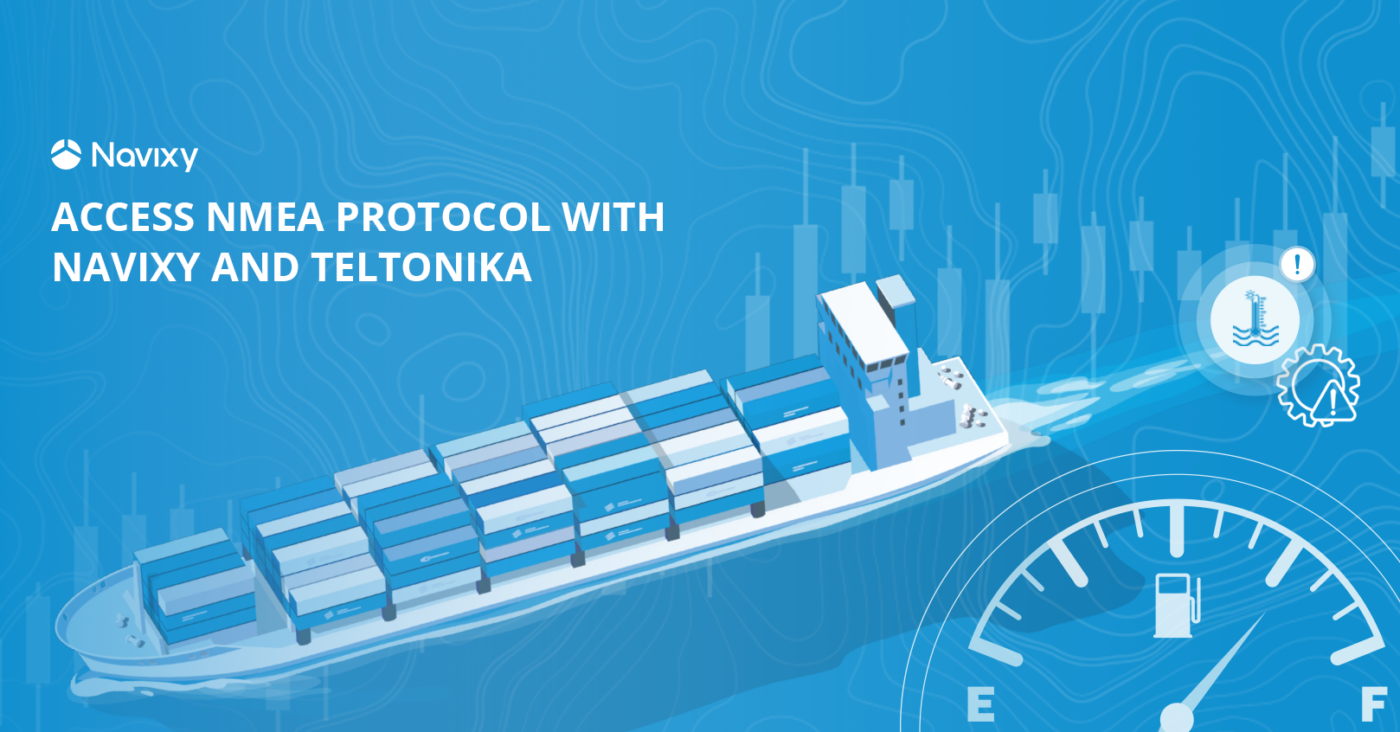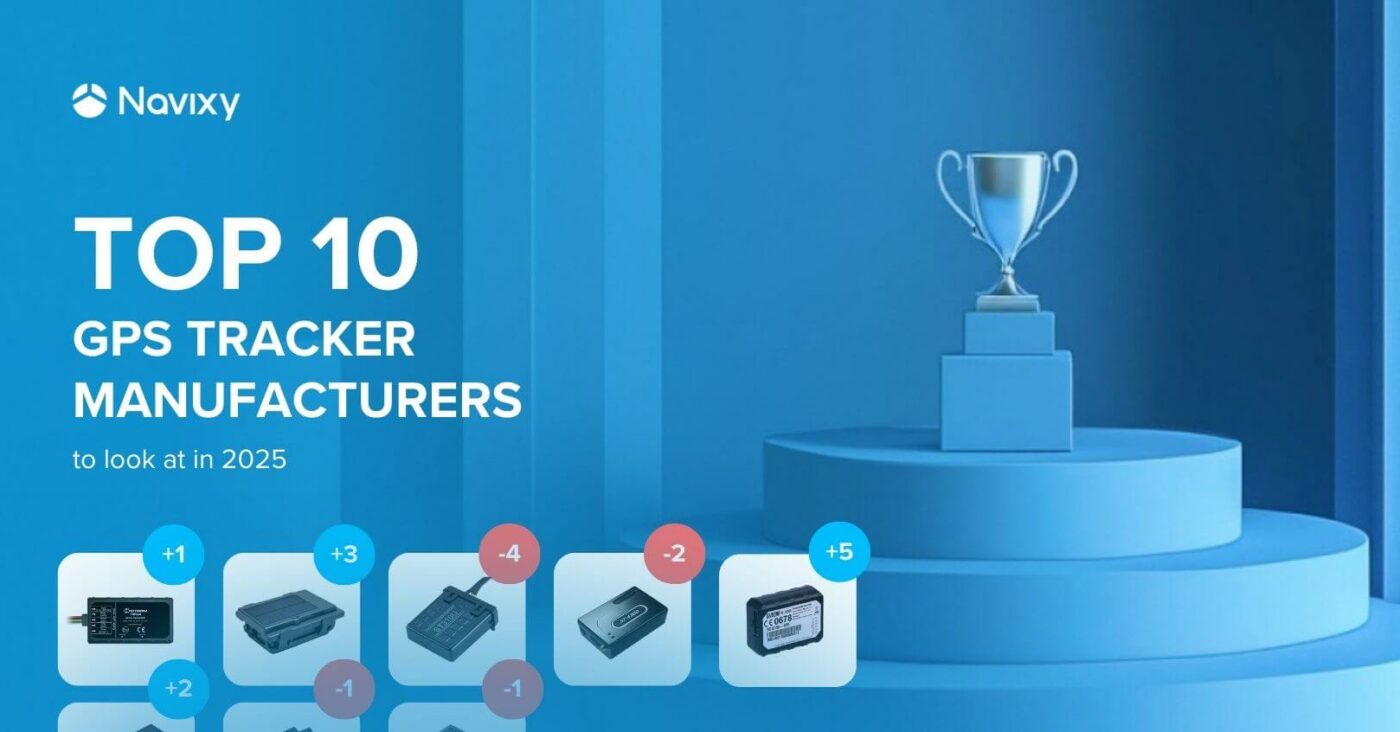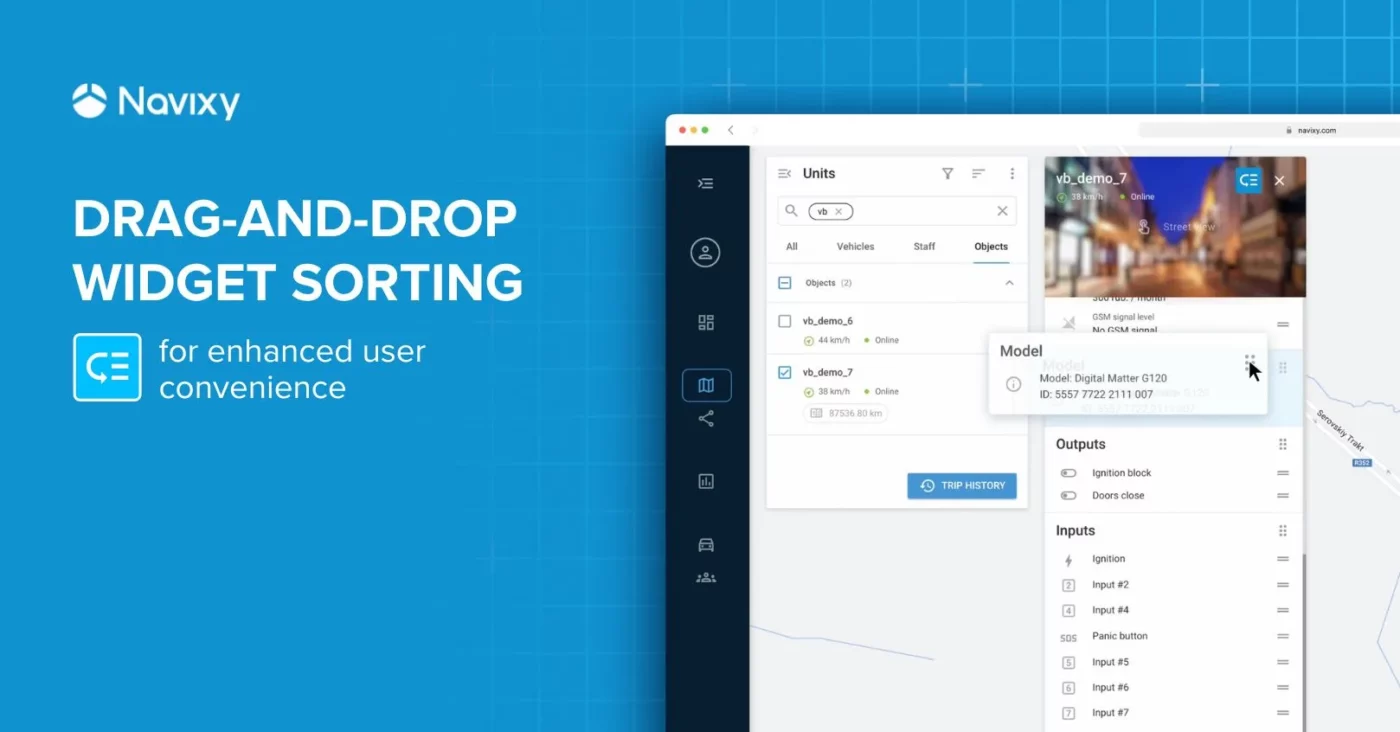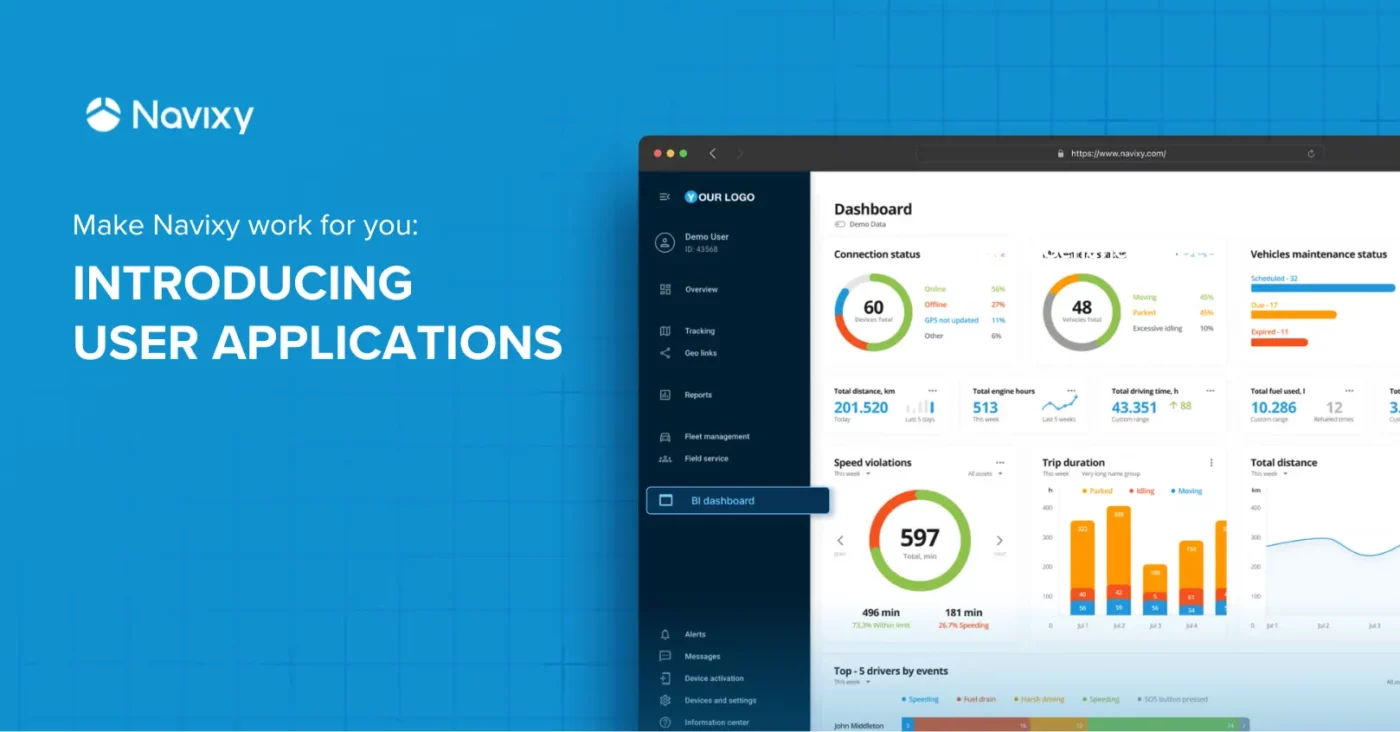Monitoring key data in boats and other vessels requires more than a traditional GPS tracking device. In order to access engine temperature, failure codes, and other important information, businesses need a specific messaging protocol known as NMEA2000. In this post, we’ll explain what this is, what types of information are available for tracking, and how it can be used in Navixy.
If you have any questions about our fleet management platform, be sure to contact us for assistance.
What is the NMEA2000 protocol?
Since its inception by electronics dealers at the New York Boat Show in 1957, the NMEA (National Marine Electronics Association) messaging protocol has expanded to everything that uses GPS navigation since it allows multiple devices to provide information on a common network. The NMEA2000 messaging protocol is used by businesses to access engine temperature, failure codes, and other important information.
With our new index sensor functionality, boat partners can leverage this protocol by using new parameters to create new alerts and reports. We’ll share useful tips on how you can create NMEA parameters for boats with Navixy so you can offer your customers all the new features this specific GPS messaging provides.
NMEA and CAN BUS for additional tracker information on boats, yachts, and more
A growing number of customers are demanding more when it comes to simple GPS tracking. Nowadays, rather than just basic location information, partners require more data points, more parameters to see, and more value. For land-based fleets, this is easy to accomplish by connecting to the CAN BUS and receiving vehicle parameters such as fuel level, engine temperature, and others.
When it comes to boats and yachts, most trackers cannot deliver extra data without external sensors. Fortunately, the Teltonika FMC640 has been updated with special firmware that allows it to connect with the NMEA BUS to deliver previously unavailable parameters to partners.
Teltonika recently expanded the CAN BUS data reading capabilities of the FMC640 and other professional trackers by adding support for the NMEA2000 communication protocol to the special firmware version. This means that you can simply connect this tracker to other peripherals on a boat or yacht’s NMEA lines and receive important information, such as water depth and temperature, engine hours, and trip fuel consumption.
Together with Navixy’s index sensor functionality, NMEA data reading presents a very unique and valuable solution for boat fleets and other marine operations.
Use Case: Navixy partner Trackerando uses NMEA to detect engine temperature, RPM, and failure codes
Our German partner Trackerando was glad to share how his team configured NMEA parameters for boats in Navixy using the new sensor type AVL IO. In this use case, remote engine and failure check are the two primary functions. By monitoring the engine, the owner can be easily notified if there’s an issue and fix it as soon as possible. The data points below represent the most important parameters used in this example that are made accessible with the NMEA2000 protocol:
- Engine temperature
- RPM
- Failure codes
To learn more about creating and using new NMEA2000 parameters, contact Teltonika Telematics directly for assistance. Questions about Navixy can be directed to our support team at [email protected].



